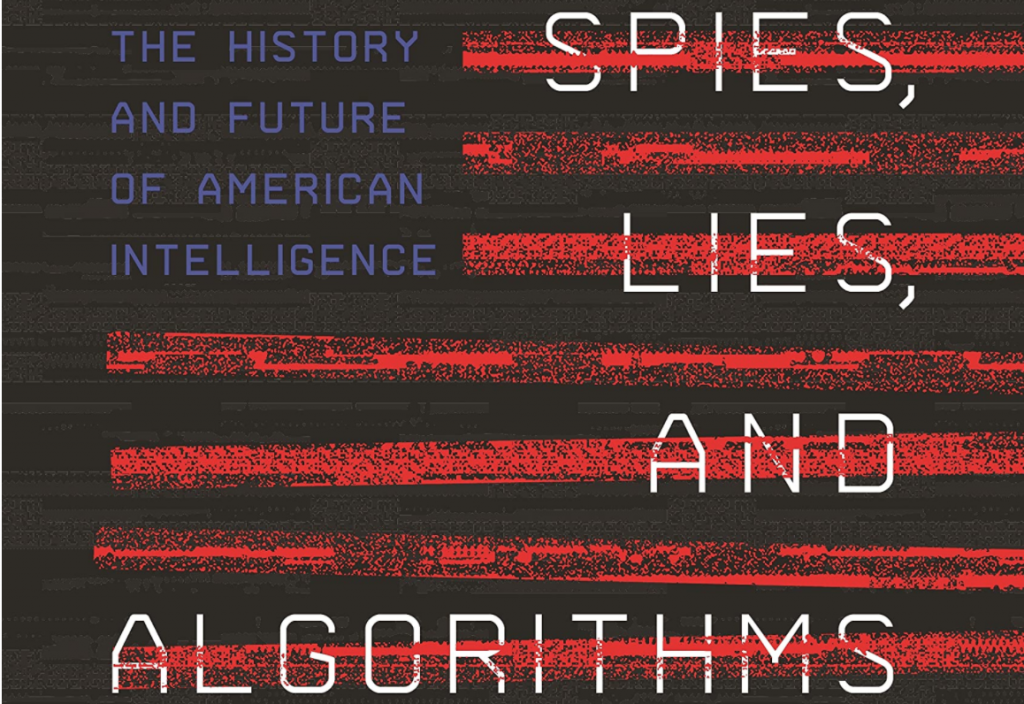
The latest book by Amy Zegart outlines how U.S. intelligence agencies need to keep up with the latest technologies.
U.S. Needs to Up Its Game as New Tech Tools Bring Espionage within Individual’s Capabilities
Spying is easier than ever, and can be achieved from one’s armchair, via private technology companies, commercial satellites and ordinary people on Facebook, according to an interview with an espionage expert in the Stanford University’s Human-Centered Artificial Intelligence (HAI) Department’s news publication.
Amy Zegart, one of the foremost researchers and analysts on intelligence gathering and technology, said that AI has made it easier than ever to track the activities of foreign governments without ever stepping foot into a country. A senior fellow at Stanford’s Freeman Spogli Institute for International Studies and the Hoover Institution, as well as chair of the HAI Steering Committee on International Security, Zegart has written numerous books and articles on the topic.
Zegart’s latest book, “Spies, Lies and Algorithms,” explores this tremendous shift in the intelligence field, which was also detailed in a report Zegart participated in writing along with a task force of researchers, published by the Center for Strategic and International Studies. The report warned that U.S. intelligence agencies have become “risk-averse” and still rely on traditional espionage, rather than making the most of tech tools.
In the interview, Zegart told HAI that new technologies are driving the “Five Mores,” things that are changing the intelligence arena.
“The first is more threats, more types of nefarious actors who can threaten across vast geographic distances in cyberspace. From the dawn of history until the invention of the internet in the 1960s, two things provided security: power and geography. That’s no longer true. In cyberspace, anyone can threaten across borders without firing a shot because good and bad neighborhoods are all connected online. …The U.S. is the most powerful actor in cyberspace and also the most vulnerable actor in cyberspace because we are so digitally connected. The result is that American intelligence officials have to understand and anticipate a wide array of threats from weak countries and non-state actors, not just powerful countries like Russia and China.”

Amy Zegart
The second “more” is data, much of which is from open sources and must be analyzed with AI. The third is “speed” because security-related information is traveling faster than ever, making it important to keep up. The fourth is the expanding number of decision-makers who need intelligence, from tech company leaders to business decision-makers—the government no longer can keep information within its own circles.
AI will be the key to sifting through intelligence information, Zegart said.
“Human intelligence will always be important, but machine learning can free up humans for tasks that they’re better at,” Zegart said. “Satellites and AI algorithms are good at counting the number of trucks on a bridge, but they can’t tell you what those trucks mean. You need humans to figure out the wishes, intentions, and desires of others. The less time that human analysts spend counting trucks on a bridge, the more time they will have to figure out what those trucks are doing and why.”
read more of the interview with Zegart at hai.stanford.edu







Leave A Comment